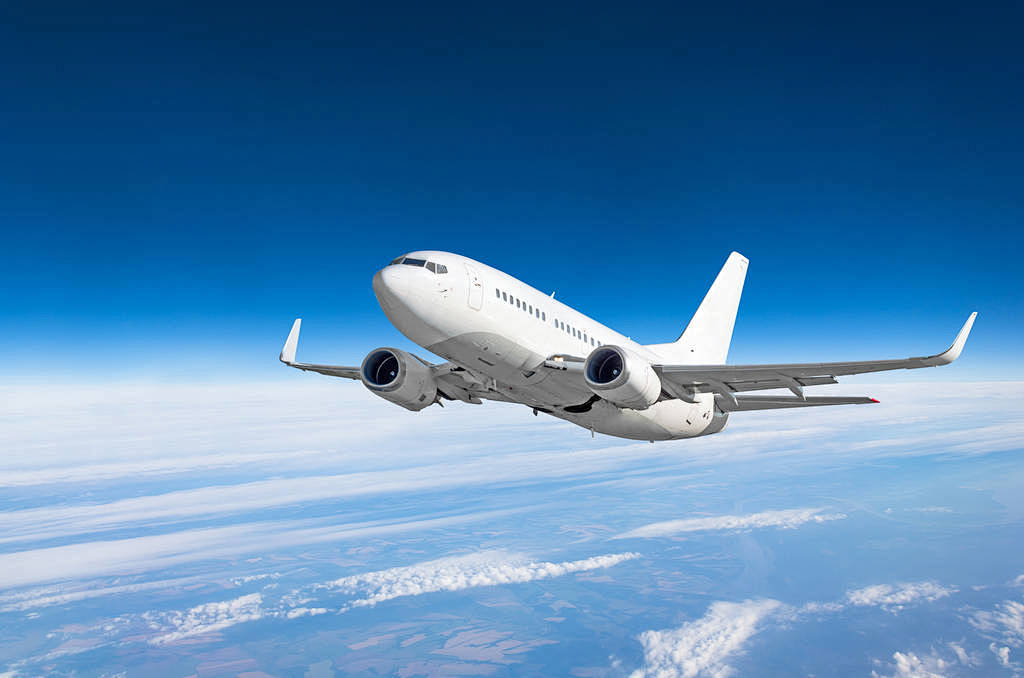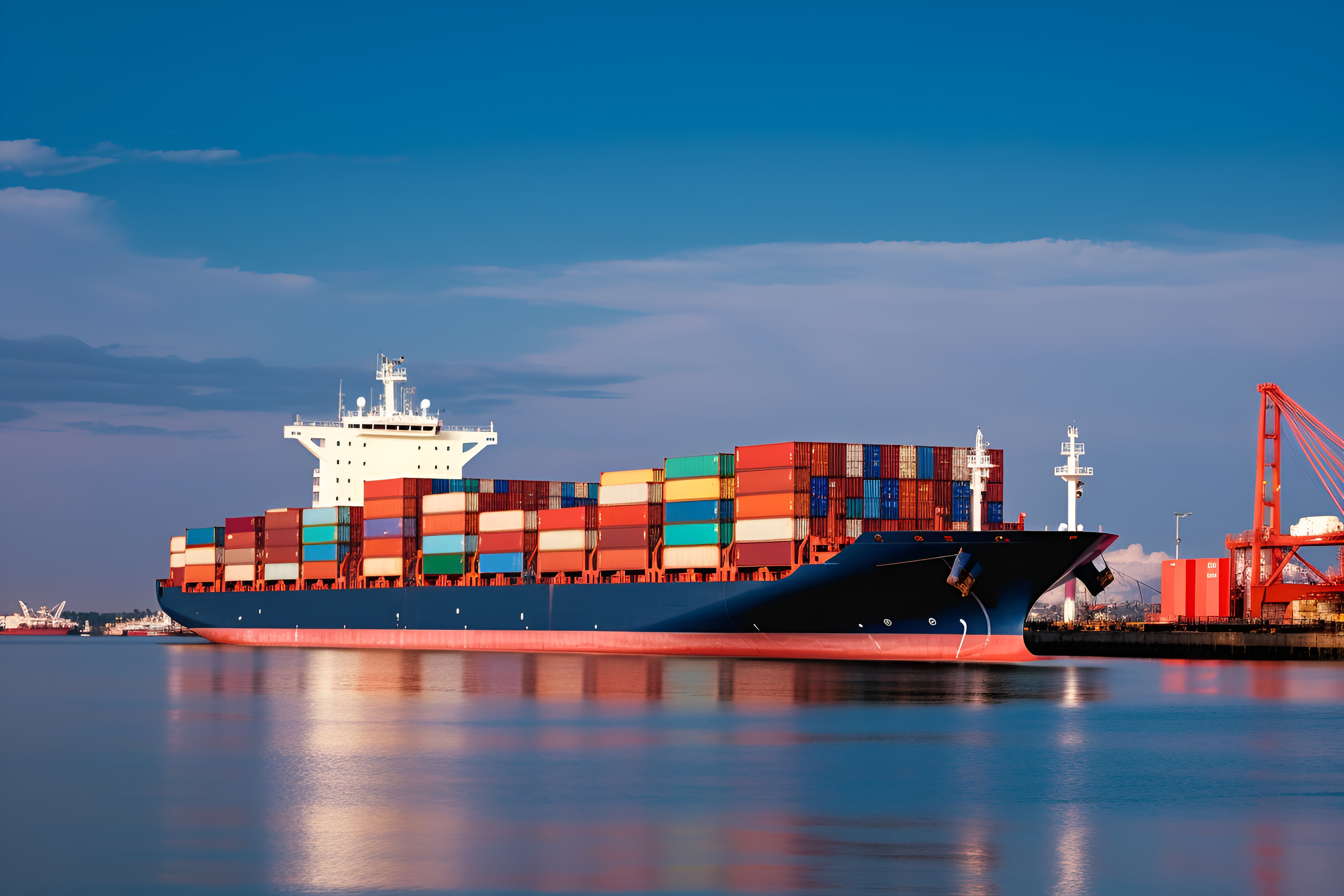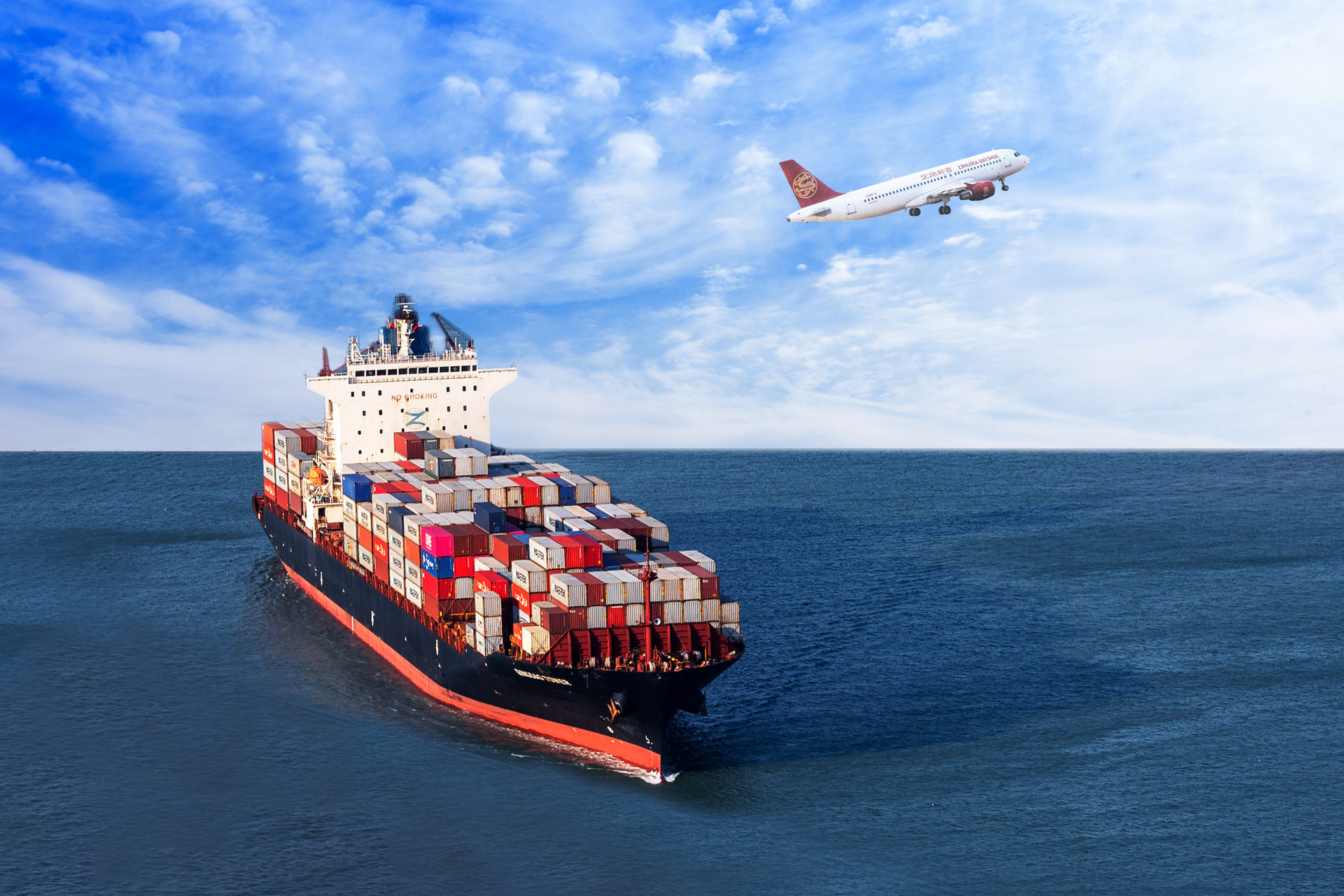International air freight refers to the process of transporting goods or mail from one country to another by plane. It is an important component of global logistics, characterized by high efficiency and speed. Here are some basic knowledge of international air transportation:
1. The process of international air freight
Booking: The shipper of the goods needs to choose an air freight company and book a flight.
Packaging and Marking: The goods need to be packaged according to the prescribed packaging standards and labeled, including information about the shipper and consignee.
Customs declaration: Before air transportation, customs declaration is required, and necessary documents and materials need to be submitted.
Consolidation and transportation: Goods are transported from the shipping location to the airport for loading and transportation.
Transit and transportation: In some cases, goods may need to transit through multiple airports.
Destination handling: After the goods arrive in the destination country, they will go through customs inspection and clearance procedures.
Delivery: After customs clearance, the goods will be delivered to the recipient.
2. Documents for international air freight
Air Waybill (AWB): It is the main transportation document for international air freight, which records the transportation information and terms of the goods.
Commercial invoice: providing detailed information and value of the goods for customs declaration.
Packing list: List the quantity, weight, volume, and other information of the goods.
Certificate of Origin: It certifies the origin of the goods and is used to meet the import requirements of the destination country.
3. International air freight costs
Freight: Calculated based on the weight, volume, transportation distance, etc. of the goods.
Fuel Surcharge: Airlines typically charge additional fees related to fluctuations in fuel prices.
Insurance premium: It is recommended to insure the goods to prevent loss or damage during transportation.
Customs fees: including import tariffs and other possible costs.
4. Advantages and disadvantages of international air freight
Advantages:
Fast speed: Air freight is usually much faster than sea or land freight, making it suitable for goods with tight deadlines.
High safety: The risk of damage and loss of goods during transportation is relatively low.
inferiority:
High cost: Air freight is usually more expensive than other modes of transportation.
Weight restrictions on goods: The transportation of large or heavy goods may be restricted.

International air freight is a complex business that requires understanding of relevant regulations and processes to ensure that goods can arrive safely and quickly at their destination.










